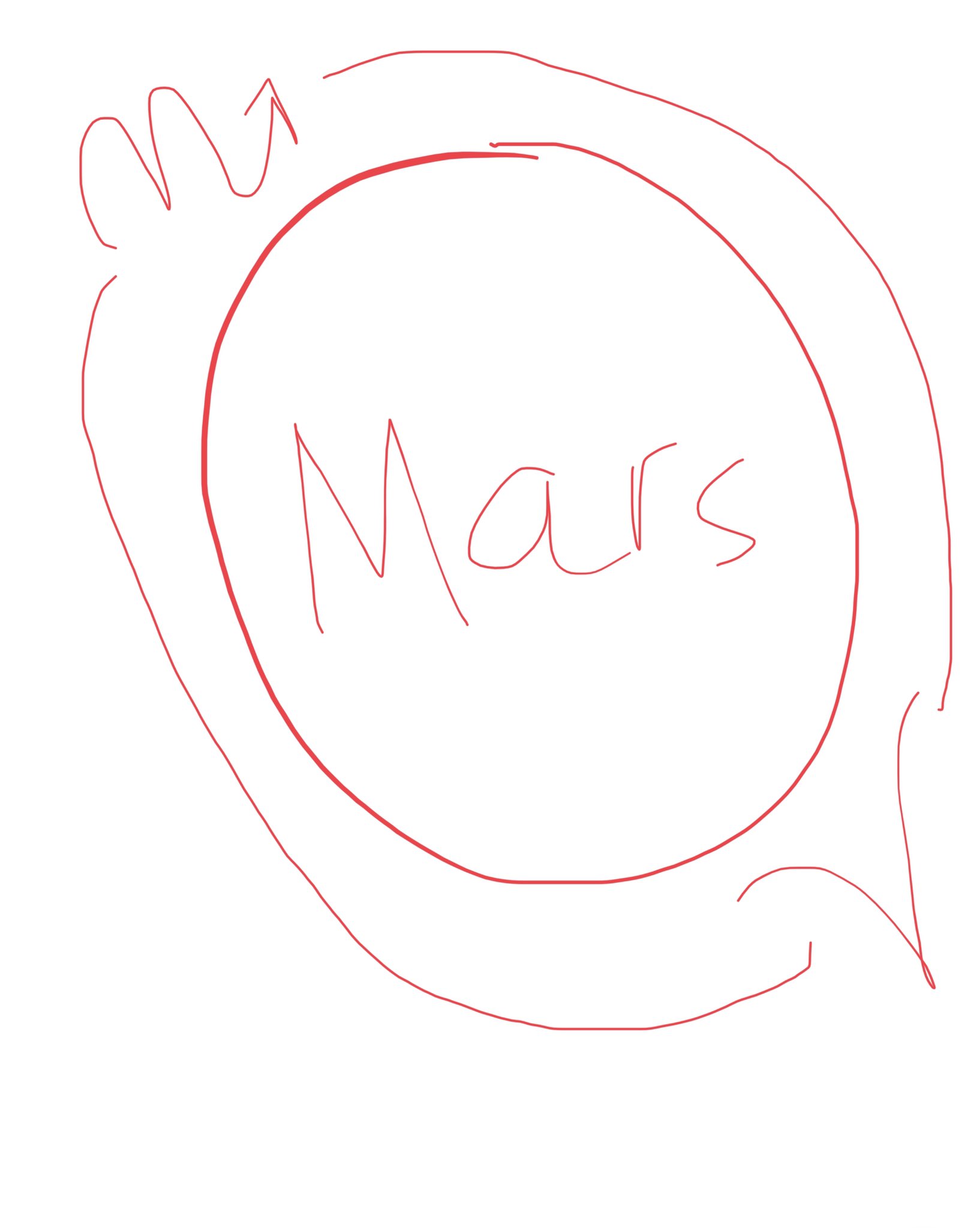The content of this post was originally published in a series of tweets in response to this post:
What I’m about to share here is actually something I’ve been thinking about for the past several months. It has to do with how each planet (save the Sun and Moon which are lights) rule two signs each.
In the past I have understood this as representing the binary of masculinity and femininity. But what I understand now is that the previously understood division of each planet into two natures described as masculine and feminine is actually a poor attempt at articulating that each planet contains a circular, rather than polar (read: binary) embodiment of a principle.
For example, Mars can be understood through the expressions of Aries and Scorpio. At first glance this appears to be articulating a binary, where Aries is masculine and Scorpio is feminine.
Here are two visuals which might help you understand what I am articulating.


This also relates to the concept of an objective form or social construct where a pattern of form is observed and from that observed pattern is created a construct. The construct is now separate from the form from which it was inspired by. And now the forms which inspired the construct are forced to conform to (read: change their form and take the shape of) that construct.
You can understand this as relating to any noun used to describe or define a human. Every single one is a construct. From boy, girl, woman, man, family, teacher, preacher, doctor, teenager, woman, adult, elder, etc. Each began as an observation of form from which a construct was created.
So I think the issue here with the terms masculine and feminine, and how they are often used as euphemisms for gender has to do with the fact that it is difficult for us to think outside of binaries. Forms (which is what zodiac signs are) appear to “naturally” manifest as these binaries when in fact they only wear the clothes of the binaries.
Astrology can be helpful when we understand each planet in the ways that I’ve described before. In the case of mars, there isn’t a binary of masculine vs feminine correlating to Aries vs Scorpio. There is a circular spectrum with much overlap, Which brings me to my last point.
The binaries of gender and our obsession with classifying things in those terms has concealed some deep wisdom that astrology offers us. This is why I prefer to use the terms diurnal or yang for “masculine” and nocturnal or yin for “feminine.”
The wisdom that astrology has to offer us says that no planet, no sign, no house, and no aspect can ever be understood in isolation. All you will ever get from observing a single planet etc. is a glimpse of what it actually speaks to.
Elsewhere I have said that sidereal astrology is the study of relationships. There is no separate topic called ‘relationship astrology’. When we are examining the birth chart we are examining relationships between planets. And planets are people first, and zodiac signs point us to planets.
For example, this means that when you examine Mars in your birth chart, even if you have no Aries placements or Scorpio placements, Mars contains the forms of expression we understand as Aries or Scorpio. What does this really mean? Each expression of a planet that we observe in the forms of the zodiac signs are wholly contained in each planet.
Mars in a birth chart always contains both (Aries) personal boundaries + physical capacity for movement + the enforcing of the personal will AND (Scorpio) drive for biological self preservation as observed via the nervous system and its relationship with the rest of the body + other people’s bodies.
However, the form of how, in this example, Mars is expressed is where the social construct comes in. So in some ways the zodiac signs are the social construct, they are the form the planets take on via how they are socialized in relationships and community.
I want to add that the problem has never been with the social construct. Constructs are how we organize society. The problem is with how the constructs are used to create hierarchies of power. And how power redefines constructs as a means to its own self preservation.
For example, ‘mother’ is a social construct. I have no problem with ‘mother’. It is an accurate descriptor of the role I play in certain contexts. I have a problem with how identifying with and taking on this role situates me in terms of who and what I have access to in society.






